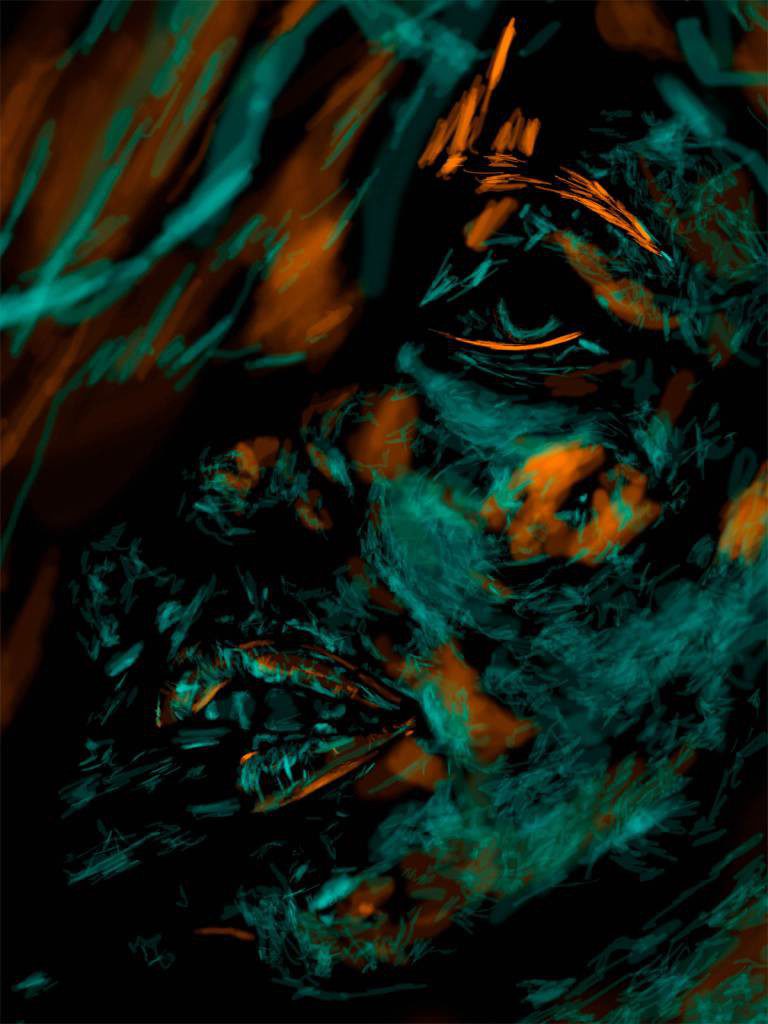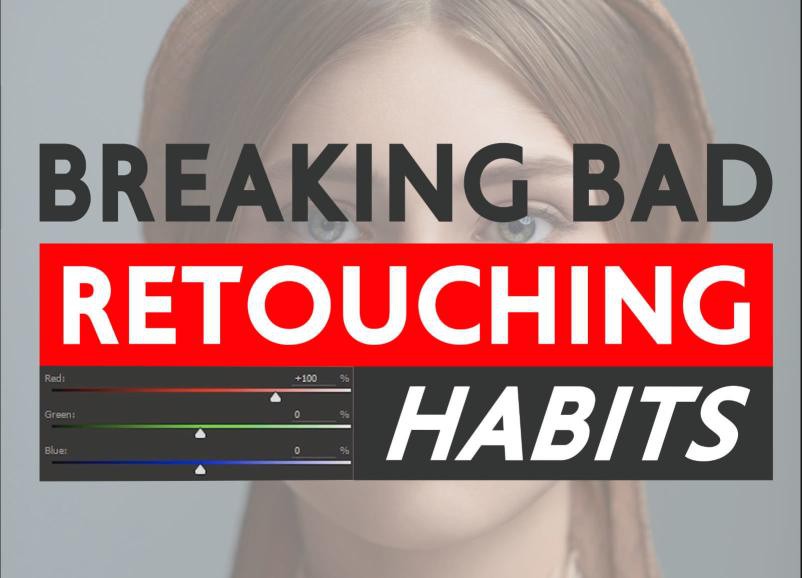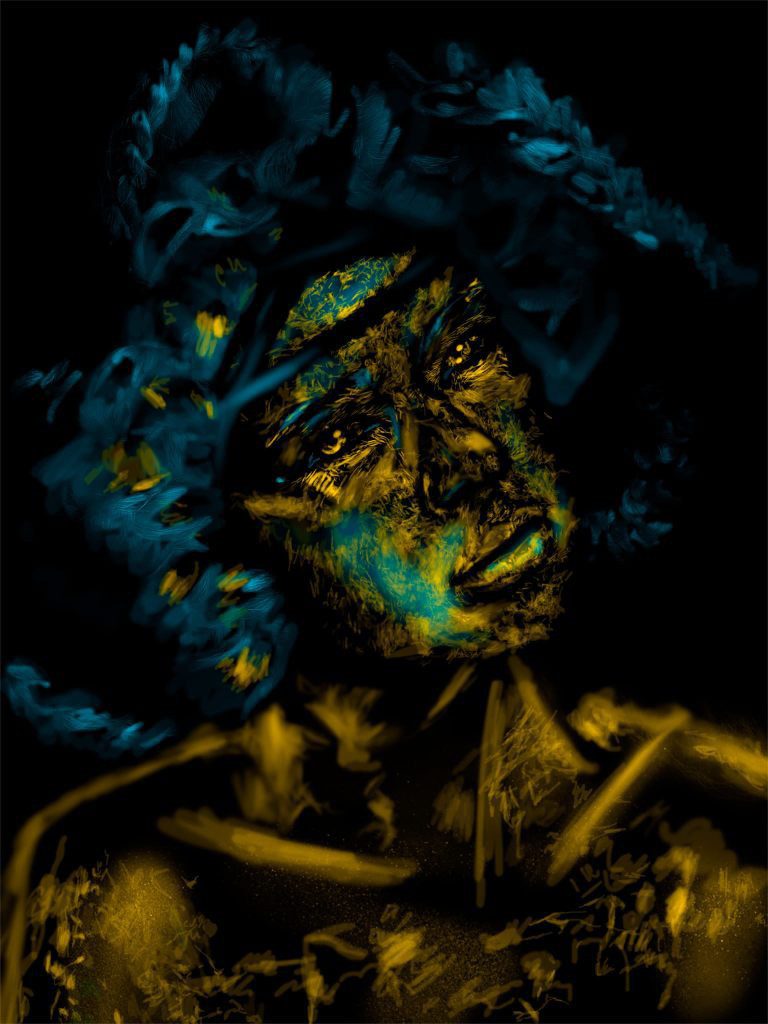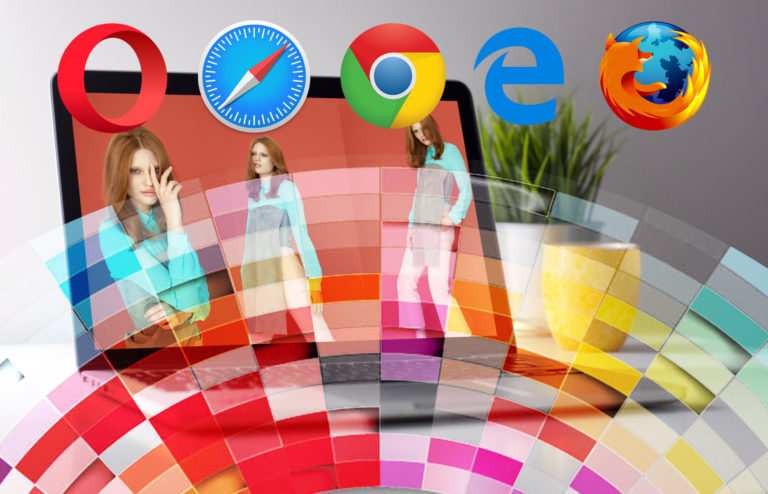When comes to retouching education and mentoring, I found teaching the basic crafts of pixel retouching can be taught rather easily. Healing, cloning, compositing, dodging and burning, all those techniques are purely technical and can be learned by following simple guided steps. However, the impact and time necessary to complete those still necessary steps are rather small compared to global contrast and color changes.
Whilst the more technical tools can be learned by being handed over a simple recipe to follow, the task of understanding and applying color theory to one’s images seem rather challenging.
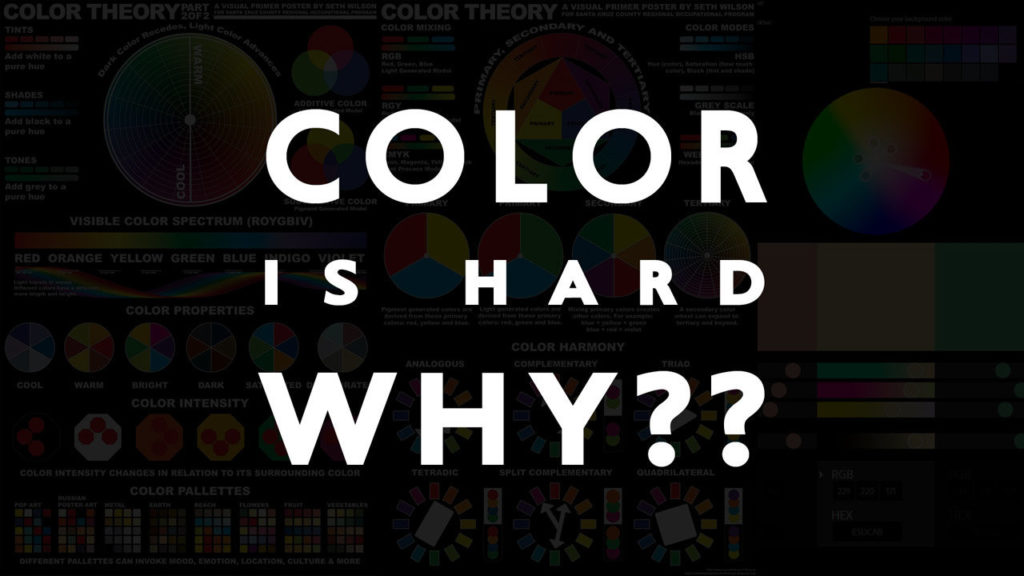
There are 3 observations I have made why color is challenging.
Luminance Is Easier Than Color
Luminance differences and changes are easier to grasp. This counts for all humans despite some being color blind. The principal construction of our eyes, how receptors and nerves are wired and the information is transmitted to the brain is equal to all humans. The amount and distribution of different color receptors might, however, differ from individual to individual.
From a teaching aspect, I can draw conclusions for dodging and burning is much easier to understand and to apply than it is to make color changes. Many are haunted by the question: what is the right thing to do? And for reasons, it is not easy to teach as it is all about concepts of color palettes.
The fact that our eyes and brain is more sensitive to changes in neutral colors can, however, be put to use. When doing non-color-related tasks I prefer to look at an image in grayscale. Be sure to use a conversion / help-layer to create a perceived luminance conversion! Not is it only easier on our eyes, discarding all the color information makes it easier to focus the subtle difference in light.
Here is an example of some grayscale patches and some color patches. They all are set up to differ the same amount from their neighboring colors. You will be able to differentiate the greyscale patches much more easily



Humans Have A Very Bad Color Memory!
The human eye is made up out of different photoreceptors, rods, and cones. Cones are responsible for out color vision and the high resolution our eyes can render. If you are interested, please consider reading our article on the biological aspects of hour eyes work and process signals.
Among the color receptors, we have specialized photoreceptors to what we call the primary colors, red, green and blue. Our brain receives these 3 types of signals and even though it physically is not possible to “see” any other color the brain invented to make more colors by combining different signals.
This comes with some tradeoffs. As we do not physically make out all the other colors, we interpret colors by making out relationships. The picture our brain paints is influenced by all light and colors within a scene.
The second aspect why we cannot remember colors is that there is no way for us to store the information and it will blur with the constantly refreshed information from our eyes. This means, We always need a reference color to determine if it is the same value or a different value.
If I showed you one of the colors above, could you make out which patch it was without seeing the reference at the same time?

Techniques Are Easy To Learn, Concepts Are A Pain To Master
Color themes are all about the concept and less about techniques.
With color theory, there cannot be a step-by-step instruction as there are too many variables to deal with and the main challenge is to come up with a cohesive concept. Then the applicational part is the easiest.
Sometimes it can take hours of testing what works with a series of images. Once this is found and decided for the application for each image can take only minutes.
Generally speaking, color changes are the most impactful to an image while being the least time-consuming. For this reason, we have researched and published an article on the 3 most recognizable color themes in portrait and fashion photography.
This last statement makes the importance of knowing about color theory quite clear. This does not diminish the need of mastering all the other retouching skills but maybe, to this point, you might not have put enough emphasis on the topic of color changes.
We are planning on creating more videos for the Breaking Bad Retouching Habits, for now, we can recommend watching the video about the channel mixer which also goes into detail about black and white conversions and what perceived luminance is.
For you being a retoucher it is crucial and also expected to have all the technical information how things work in order to become a good problem solver, this basically is out job-solving issues and putting our knowledge to work. Then comes the craft to combine knowledge and skill with the aim of delivering high-end results. Here practice makes perfect. I for example like showing dodge & burn masks. They not only show all the work we have done to an image but also can help discover flaws. As I have been studying people’s masks and comparing them to my own I made immense progress in technique, learned more about the different applications of the technique and eventually it has helped me educating others on how to improve their technique.
Let me also use the dodging and burning technique as an example to explain what I mean by referring to its concept and what I mean by the technique itself. The bare technique is very simple and easy to explain. There are different tools to use, surely all come with their advantages and disadvantages, but essentially we are using a tool in Photoshop to brighten or to darken pixels within our image. And that is the dodging and burning technique. If, however, it was all about technique this means results would get better by going more into the detail and spending more time. In reality, this is simply not the case. If it was true, anyone could be a high-end retoucher and charge for hours and hours of work.
After looking at sooo many people’s retouching work and helping people learn to retouch. I can assure you that putting in more time and working on more details does very rarely get you better results. It is all about how you are using the technique. Unfortunately, teaching such concepts and making educational lessons does not follow the same rules as teaching a technique. For how a tool is used you just need to be told how to use it and follow the recipe. Teaching the concept does require building your knowledge and experience with the techniques over time and to give you different use cases so that you have a repertoire of ITTT action plans all memorized. All this might be the reason why people struggle with getting better while watching tutorial after tutorial after tutorial which all just aim to teach a technique.

